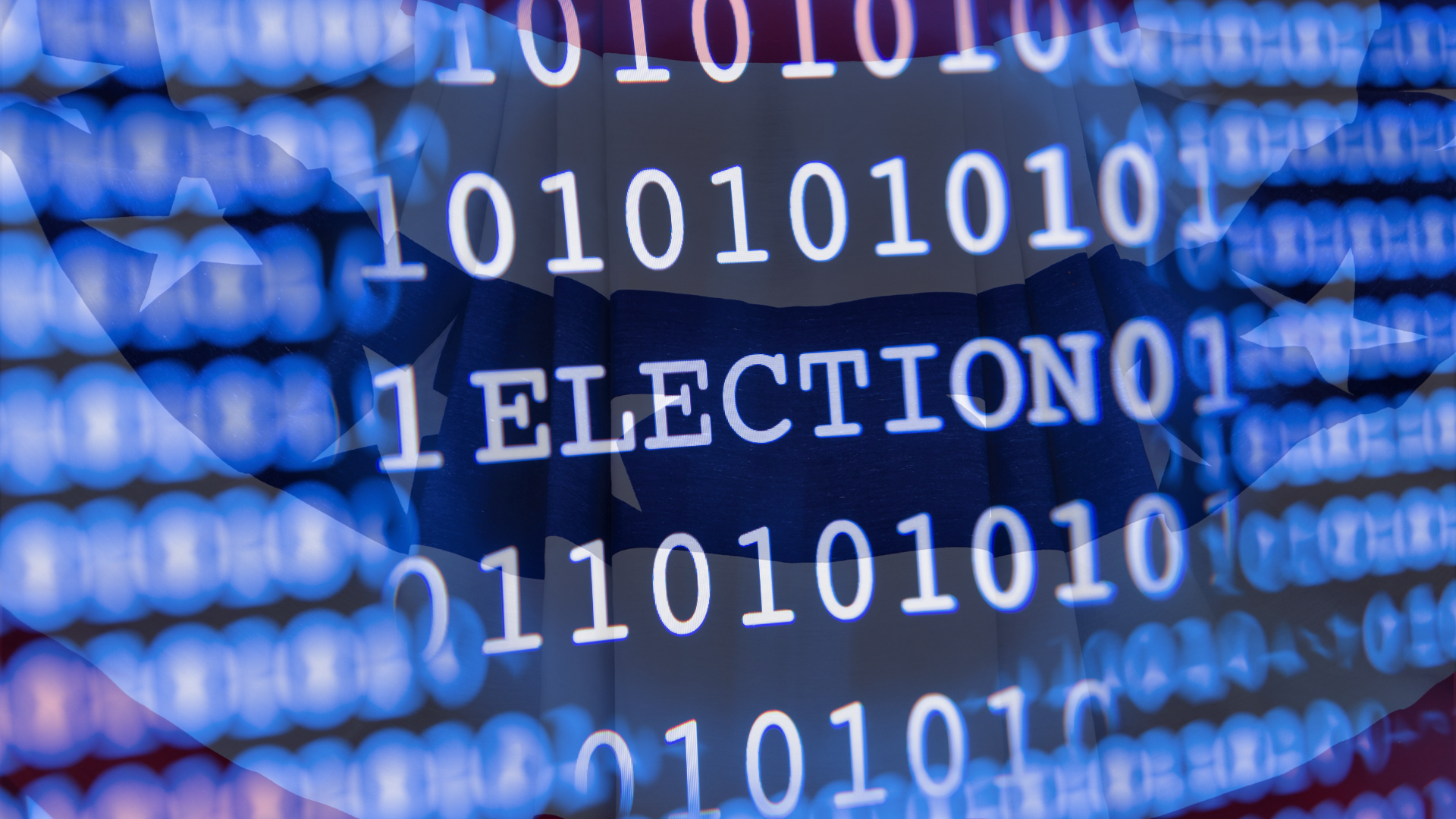The United States post-election cybersecurity 2025 landscape has experts sounding alarms — not just about voting systems, but about the broader ecosystem of identity, access, and trust.
A new assessment from the Center for Internet Security (CIS) warned of a “highly-volatile threat landscape,” citing “the highest levels of political violence in the U.S. since the 1970s” and a surge in digital and physical attempts to undermine election integrity (ABC News, Nov 4 2025).
While the focus may be election infrastructure, the implications reach far beyond — touching every organization that depends on digital identity to function securely.
Identity Is the Common Thread
From municipalities to multinational enterprises, authentication systems sit at the front line of defense. When the U.S. Congressional Budget Office confirmed on November 6 2025 that it had been breached by a suspected foreign actor (Reuters, Nov 6 2025), it reinforced a hard truth: even non-election systems can become targets when identity safeguards are weak or inconsistent.
Credential theft, impersonation, and social engineering aren’t election-specific threats – they are enterprise-wide vulnerabilities. The same playbooks that exploit voter registration databases can just as easily compromise corporate networks, SaaS tools, or cloud access.
AI, Misinformation, and the Expanding Identity Attack Surface
A parallel challenge is emerging around AI-driven disinformation and impersonation. Identity and access controls – once designed for human users – are now being tested by synthetic content and machine agents. As one California official warned, “the line between influence and intrusion is blurring.”
California Attorney General Rob Bonta has called it a “disturbing pattern” of manipulation and social engineering ahead of the 2026 midterms (Politico, Nov 6 2025).
For organizations, this signals that identity verification must evolve – accounting for behavioral patterns, device context, and dynamic risk signals that can differentiate between real users and malicious automation.
The Enterprise Takeaway
The 2025 election season underscores a larger theme: identity is the new infrastructure.
Protecting it requires the same rigor once reserved for network perimeters or data centers. Whether you’re defending a democratic process or an enterprise system, resilience begins at the login.
As we move into 2026, organizations can take three clear actions:
- Reassess authentication – prioritize phishing-resistant, login that includes zero shareable secrets. (No passwords, no OTPs, no email push notifications.)
- Expand identity governance – cover both human and machine accounts.
- Stay adaptable – treat access control as a living system that evolves with threat intelligence.
The Bottom Line
From election networks to enterprise dashboards, the vulnerabilities are shared – and so is the responsibility.
2025 has made one thing clear: the future of cybersecurity will be decided not only by who gains access, but by how identity itself is verified and trusted.
